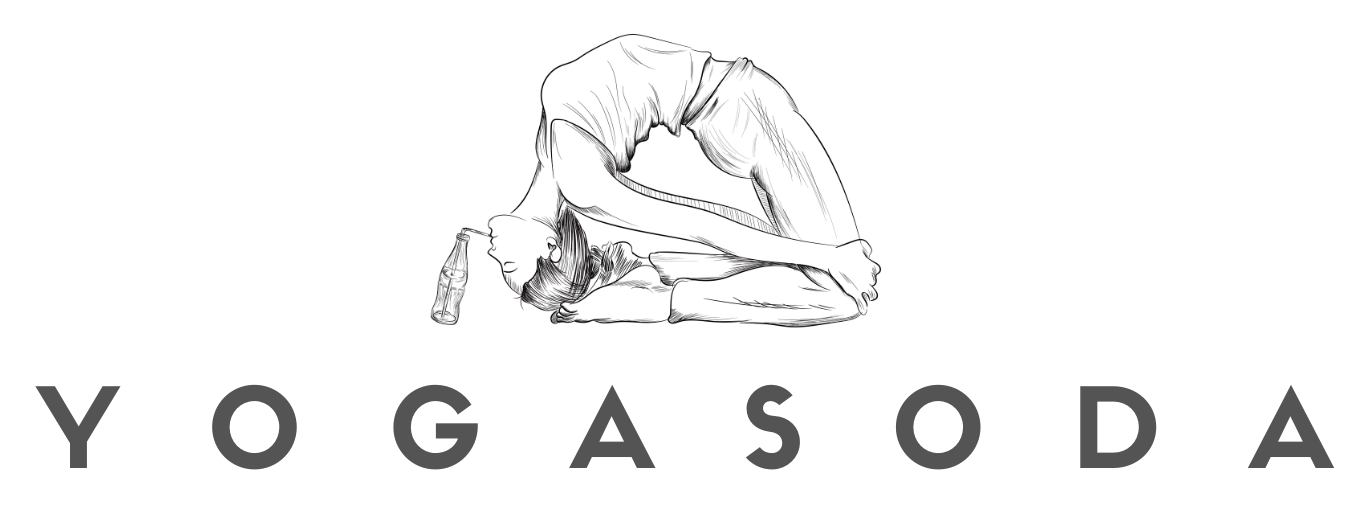Side-Reclining Leg Lift
Anantasana was named after the mythical snake with a thousand heads of Ananta-Shesha, which was a bed for the god Vishnu to rest on the bottom of the ocean, so this pose is also called Vishnu asana. Anantasana (Side-Reclining Leg Lift) in Sanskrit means ananta - infinity.
How to do it (step-by-step)
1. Lie on your back. With the exhale, raise the left arm, stretch it out and place it on the ground above the head, then turn to the left side so that the left side of the body is in contact with the ground.
2. Raise the head, bend the left arm at the elbow, lift the forearm and rest the head on the left palm, which you place above the left ear. The left elbow and upper arm are in line with the left side of the body.
3. Rest your right palm on the ground, in front of your chest or navel, and turn your torso and left hip slightly toward the ground.
4. With the inhale, lift the right leg straight up and pull it back, as far as possible from the central line of the body. Keep the right leg fully extended, and keeping the balance on the left hip and the right palm which is on the ground. All the time, the torso is turned slightly towards the ground, and the left hip is turned inwards.
5. With the exhale, lower the right leg to the left. Then extend your left arm, lower your head and turn on your back.
6. Repeat the position on the other side (turn to the right side) with the same time delay.
Benefits
Physical benefits from Anantasana: stretches the groin and hamstrings; stretches the muscles of the back of the legs; stimulates the pelvic area; tones the abdomen; helps in the treatment of hernias and mild forms of arthritis.
Mental benefits from Anantasana: improves focus and concentration.
You should avoid this pose if you have neck or hip pain.
Regular practice of this pose affects Muladhara (Root) Chakra.

